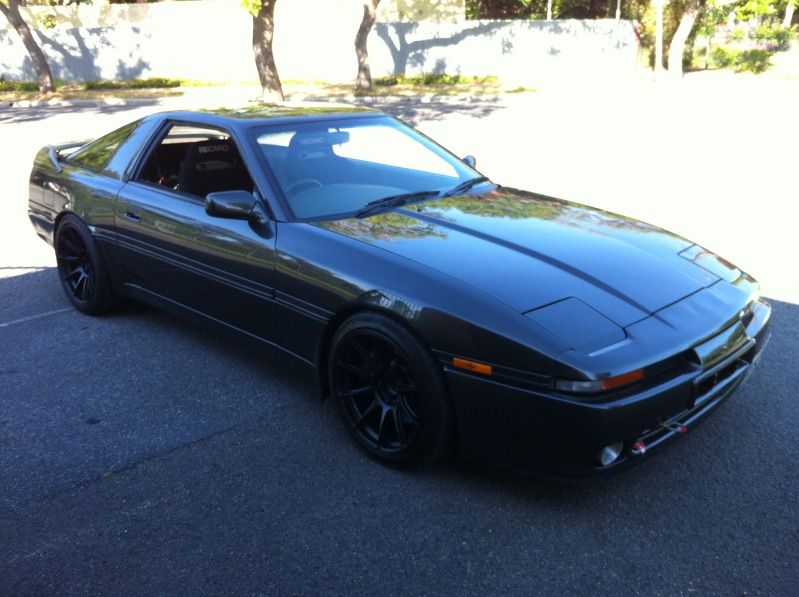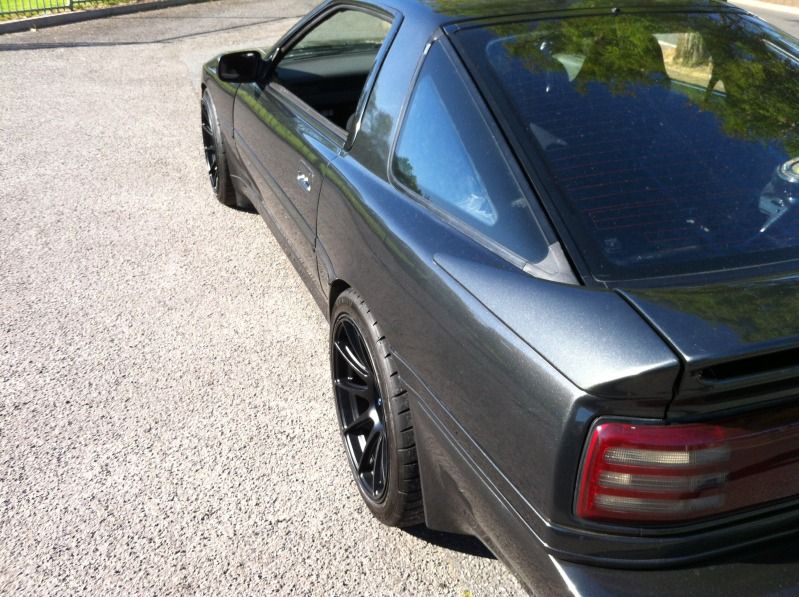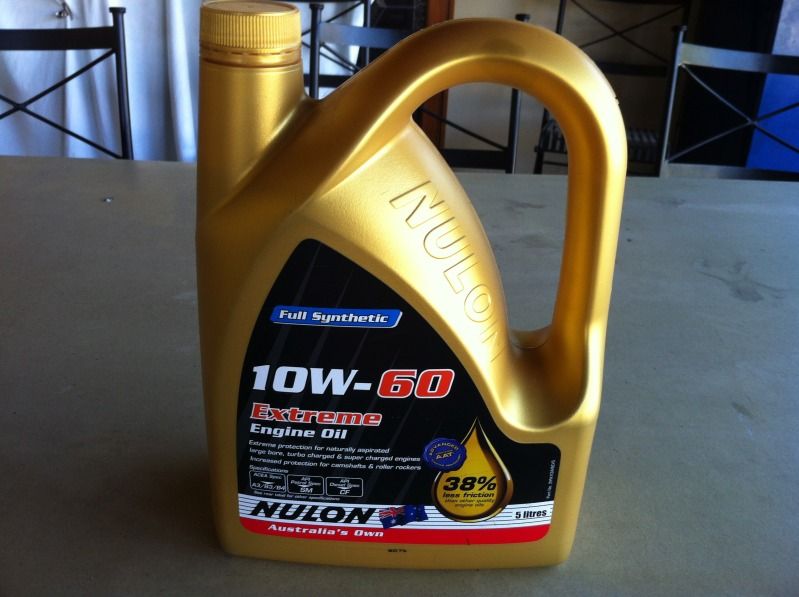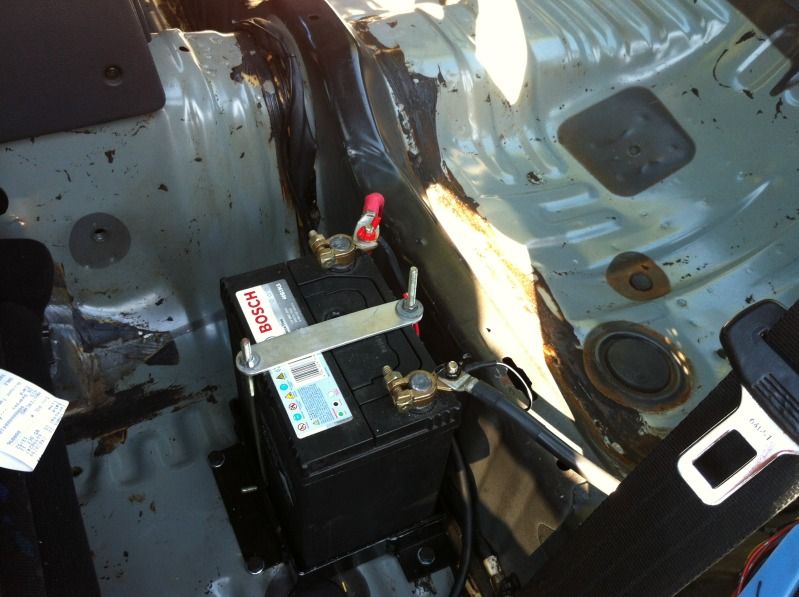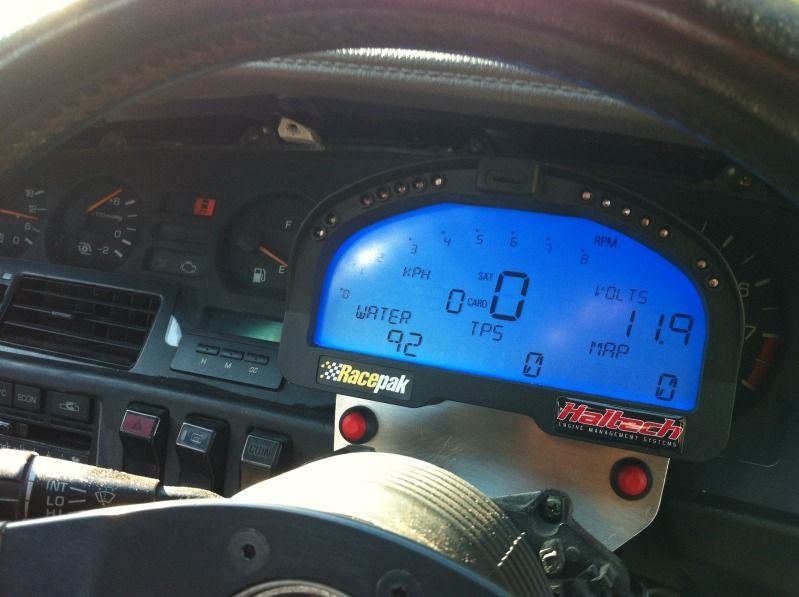The heim joints definitely take any flex out of the equation, so your alignment stays true regardless of which way the suspension is loaded. Also stops energy being stored in the bushes (wasted) which can help eliminate axle hop etc. Bad side: shock loads are transferred directly to the subframe and chassis - read fatigue and cracking (eventually).
From memory, a simple version is that toe-out on the rear can help turn-in and general responsiveness, but makes the car a bit twitchy.... whereas toe-in assists stability, particularly at speed. Different tuners/aligners seem to give different stories on the benefits of each.
From memory, a simple version is that toe-out on the rear can help turn-in and general responsiveness, but makes the car a bit twitchy.... whereas toe-in assists stability, particularly at speed. Different tuners/aligners seem to give different stories on the benefits of each.




